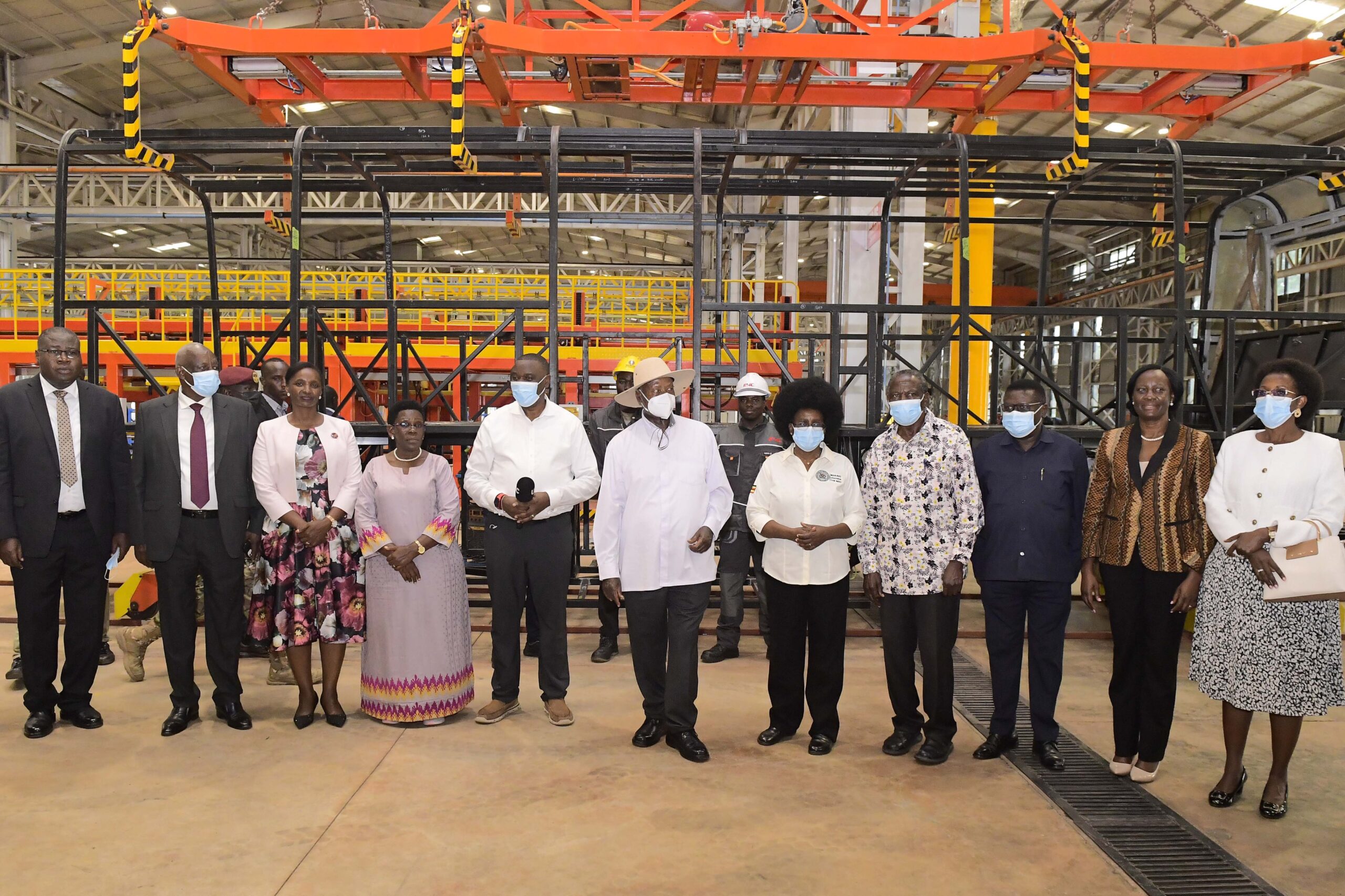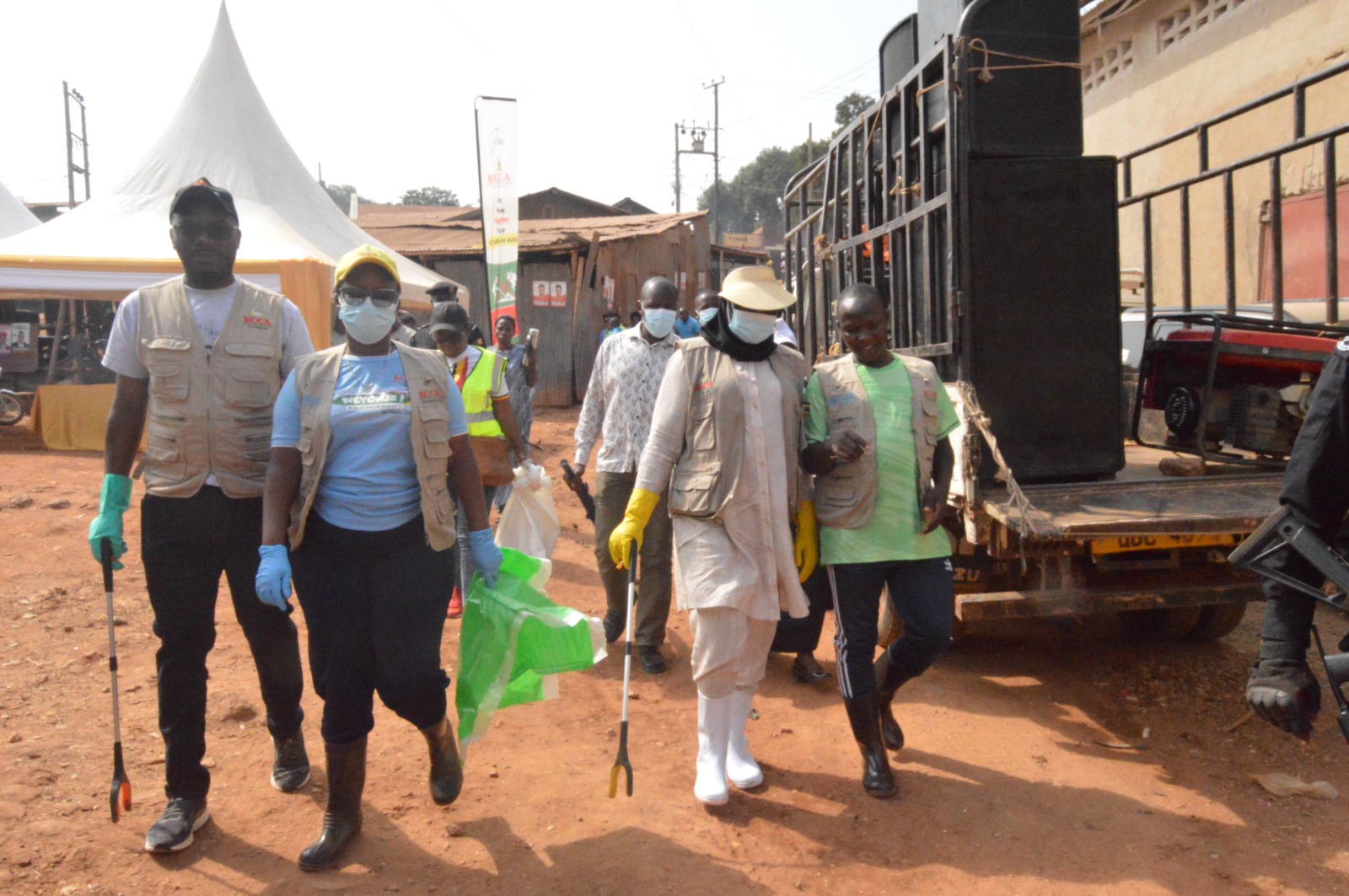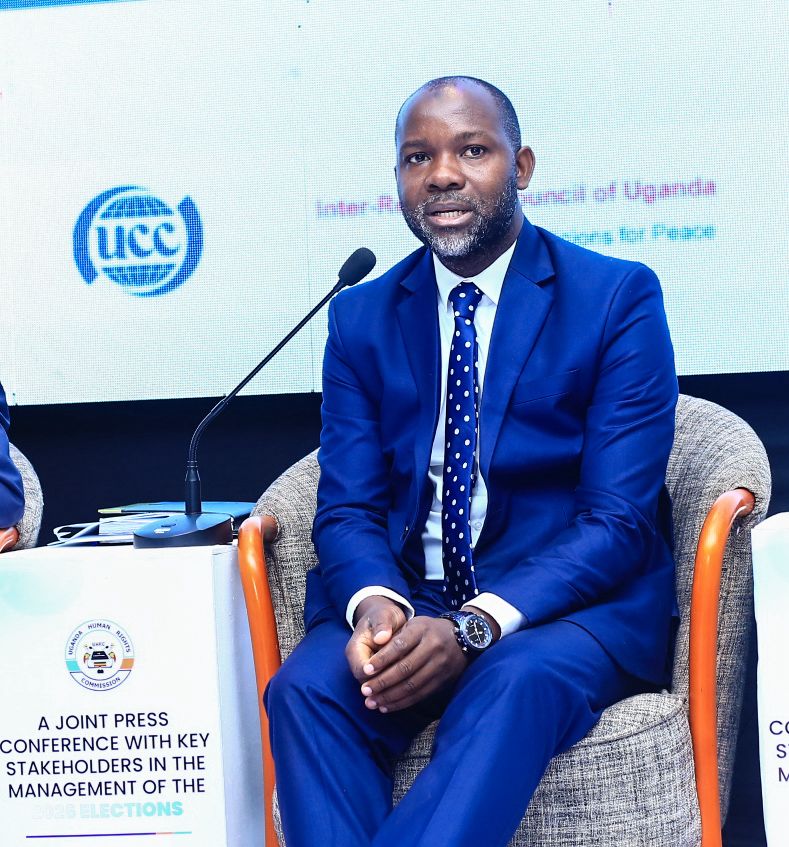President Museveni yesterday commissioned the Kiira Vehicle Plant in Jinja.
Construction of the Kiira vehicle manufacturing plant started in 2019 and continued up to 2024, when all vehicle production systems were fully installed. Manufacturing began in March 2025 by Kiira Motors Corporation, with an initial investment of USD 120 million.
During the commissioning, President Museveni revealed how immense scientific innovations like the vehicle manufacturing plant were contributing to Uganda’s national economic growth. He said it employs hundreds of Ugandan engineers and is poised to save the country $ 800 million from car imports annually.
“These young people I found in the factory have jobs. Where would they be working if we didn’t have Kiira?” he asked.
President Museveni further revealed how the government intends to expedite iron ore exploration in districts with iron ore deposits to make high-quality steel available for the Kiira vehicle manufacturing plant and other factories. This would reduce the $ 900 million spent annually on steel importation.
“We have got some steel factories using scrap, but scrap isn’t good enough for this type of work. Therefore, it’s these new factories that we are building now that are purifying our iron ore into high-quality steel, which is needed here. Uganda is fortunate to have some of the biggest iron ore deposits in the world in Kabale and Butogota,” he said.
Museveni rallied Ugandan scientists and leaders to focus on production in more sectors of the economy to address the huge haemorrhage of funds into importation.
He explained that different sectors of the economy require complementary local production lines for their inputs, which he described as the vertical and horizontal economic integration needed for Uganda and Africa at large to thrive.
He reminded Africans to regain their self-confidence and focus on mechanisation, citing the example of the transformation of the dairy industry—a similar approach needed to produce lithium batteries and other products required for full economic integration.
He also warned Africans of stagnation due to their failure to comprehend and embrace the political economy that governs the evolution of society, including science and innovation.
The minister for Science, Technology and Innovation, Dr Monica Musenero, affirmed the readiness of Uganda’s knowledge economy to feed into the qualitative leap by venturing into more value chains.
She explained that Uganda’s missed three phases of the industrial revolution are promptly being covered through exponential knowledge economy innovations like the Kiira vehicle manufacturing plant and others.
Makerere University Council chairperson, Lorna Magara, emphasised the need to enhance collaboration between academia and policymakers to aid the actualisation of research innovations.
She noted that innovations like the Kiira electric vehicles began at Makerere University as a research prototype, but the visionary leadership of President Museveni nurtured the idea to the level of seeing the project’s success as the maiden local vehicle manufacturing plant in Uganda.
Magara requested the president to consider increasing the university’s research and innovations funds to cover more projects.
The National Enterprise Corporation board chairperson, Gen. (Rtd) Joram Mugume, commended the government for entrusting the army’s engineering department to construct the vehicle manufacturing plant, which is a proper local content sourcing strategy.
Paul Isaac Musasizi, the Kiira Motors Corporation chief executive officer, revealed how the government’s direct investment into the automobile industry will expedite the attainment of the 10-fold growth strategy.
Musasizi said Kiira Motors Corporation is now focusing on rolling out a robust business model as they produce quality vehicles that meet the required standards.
He explained how the company is aiming to establish a robust industrial value chain for all vehicle inputs.
Kiira Motors Corporation has so far produced 37 electric vehicles and 27 diesel coaches. It has a production projection of 2,500 vehicles in the medium term, 5,000 in the long term and 10,000 annually by 2030.







